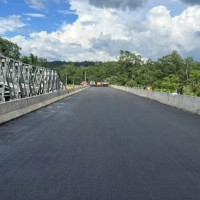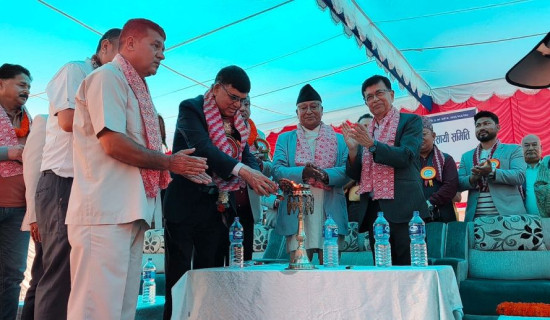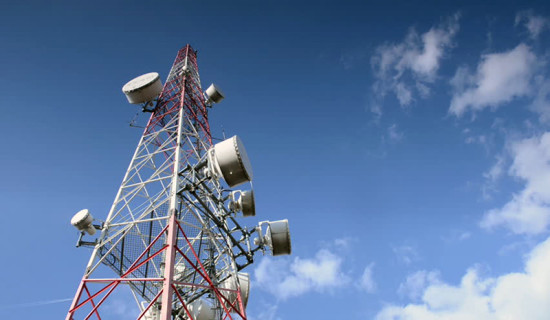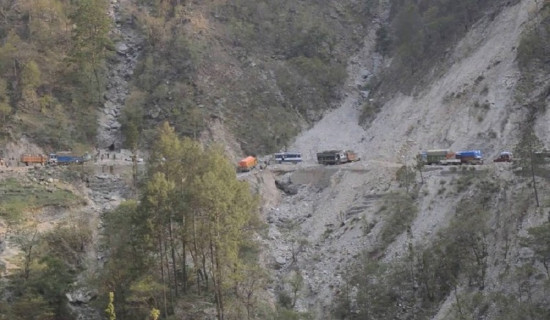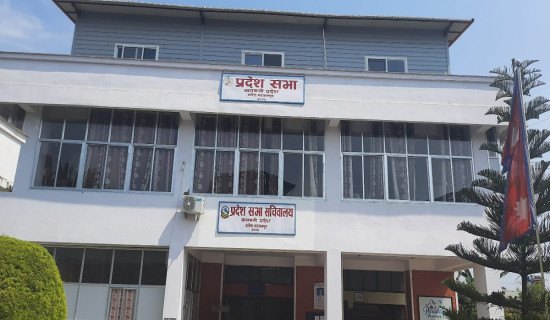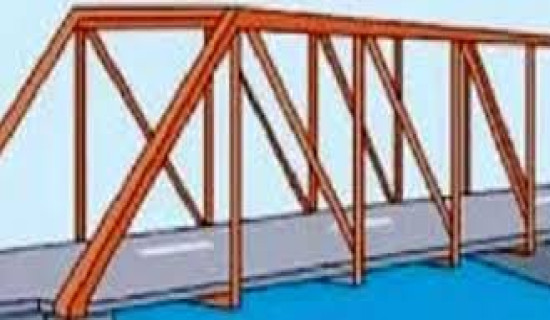- Friday, 4 July 2025
Indo-Nepal relations are ever expanding, says South Block senior official
By Deep Raj Sanyal, New Delhi, July 4: A senior official in the Ministry of External Affairs (MEA) of India has said that the relations between Nepal and India are ever expanding and they are getting stronger.
Munu Mahawar, the Additional Secretary of Northern Division at the MEA, said during a meeting with a group of journalists from Nepal and Bhutan on Thursday that the relations between Nepal and India were special.
Stating that the two countries enjoyed strong people-to-people ties, Additional Secretary Mahawar said the level of bilateral cooperation was expanding over the past few years. He also stressed on identifying more areas in which the two countries could forge beneficial collaboration.
Asked why the delay in accepting the Eminent Persons’ Group (EPG) Report, Mahawar simply said the EPG Report would be accepted at an appropriate time.
First formed at the highest political level in January 2016, the EPG was tasked with reviewing the agreements and treaties, including the Nepal-India Friendship Treaty of 1950. The EPG finalized its report in 2018.
On issues like border management and others, he said: “Our governments are engaged in this and other issues. At the functional level, India and Nepal have more than 40 bilateral institutional mechanisms covering the entire gamut of bilateral relations.” He said these mechanisms should hold regular meetings to sort out certain irritants.
Regarding exchange of visits at the highest political level, Additional Secretary Mahawar said that as far as high-level exchanges are concerned it takes through the regular diplomatic channel and at an appropriate time.
He added that there are frequent high-level visits and exchanges between India and Nepal. Since May 2014, there have been 17 exchanges at the level of Head of State/ Head of Government between India and Nepal.
Referring to the 1950 Treaty of Friendship between Nepal and India, Additional Secretary Mahawar said the Indo-Nepal relations were guided by this treaty. He also recalled that over the last few years, India’s economic support to both Nepal and Bhutan has increased.
Mahawar stated that both physical and digital connectivity has expanded between Nepal and India in terms of construction of border roads, integrated check posts, transmission line and petroleum pipeline.
In this connection, he mentioned that major landmarks in the power sector include the finalisation of the Long-Term Power Trade Agreement; the finalization of the trilateral power trade agreement between India-Nepal and Bangladesh and signing of agreements with respect to the development of new Hydropower Projects in Nepal by Indian developers including the 480 MW Phukot Karnali and the 669 MW Lower Arun.
“India’s development partnership with Nepal has grown substantially in the last 15 years. Several connectivity projects have been taken up, to enable and facilitate Nepal’s access to sea lanes of transport and commerce,” he said and mentioned the rail links between Jayanagar – Bijalpura – Bardibas (Nepal’s first ever broad gauge line); Jogbani -Biratnagar; and Raxaul – Kathmandu.
Similarly, he mentioned road and bridge projects including the Hulaki/Terai Road project and the Integrated Check Posts (ICP) at Birgunj (Nepal’s first-ever ICP); Nepalgunj, and Bhairahawa for expanding connectivity between the two South Asian neighbours.
When asked about the delay in completion of the Hulaki Highway, Additional Secretary Malawar said India has ‘already completed the portion of this road project under its responsibility.’
In the field of digital financial connectivity, Nepal started accepting UPI payments since March 2024 through interoperability with FonePay QR of Nepal. An MOU between NPCIL (National Payments Corporation of India Limited) and Nepal Clearing House Limited (NCHL) for facilitating cross-border digital payments is under implementation, the Additional Secretary said.
The Additional Secretary also mentioned India’s support to Nepal in several other areas as in culture, education and health sectors.
The MEA, also known as the South Block, has created the Northern Division that looks after all matters relating to Bhutan and Nepal. It is said 45 percent of development budget of MEA is devoted to support Nepal and Bhutan, which is the largest budgetary outlay out of all the Divisions at the Ministry.
Interaction at FICCI
Meanwhile, the journalists’ group also had an interactive meeting with the officials of the Federation of Indian Chambers of Commerce and Industry (FICCI) on Thursday.
During the interaction, FICCI officials highlighted the activities of India’s one of the oldest and apex business organisation. Prospects of collaboration of the private sectors of both countries to boost investment and trade were discussed on the occasion. (RSS)

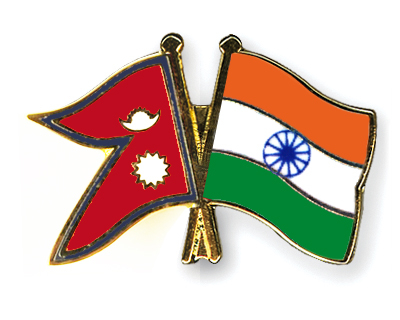
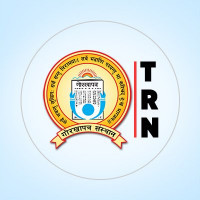

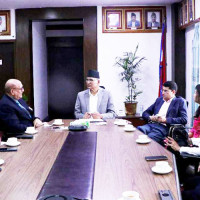
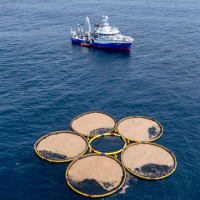

-square-thumb.jpg)
